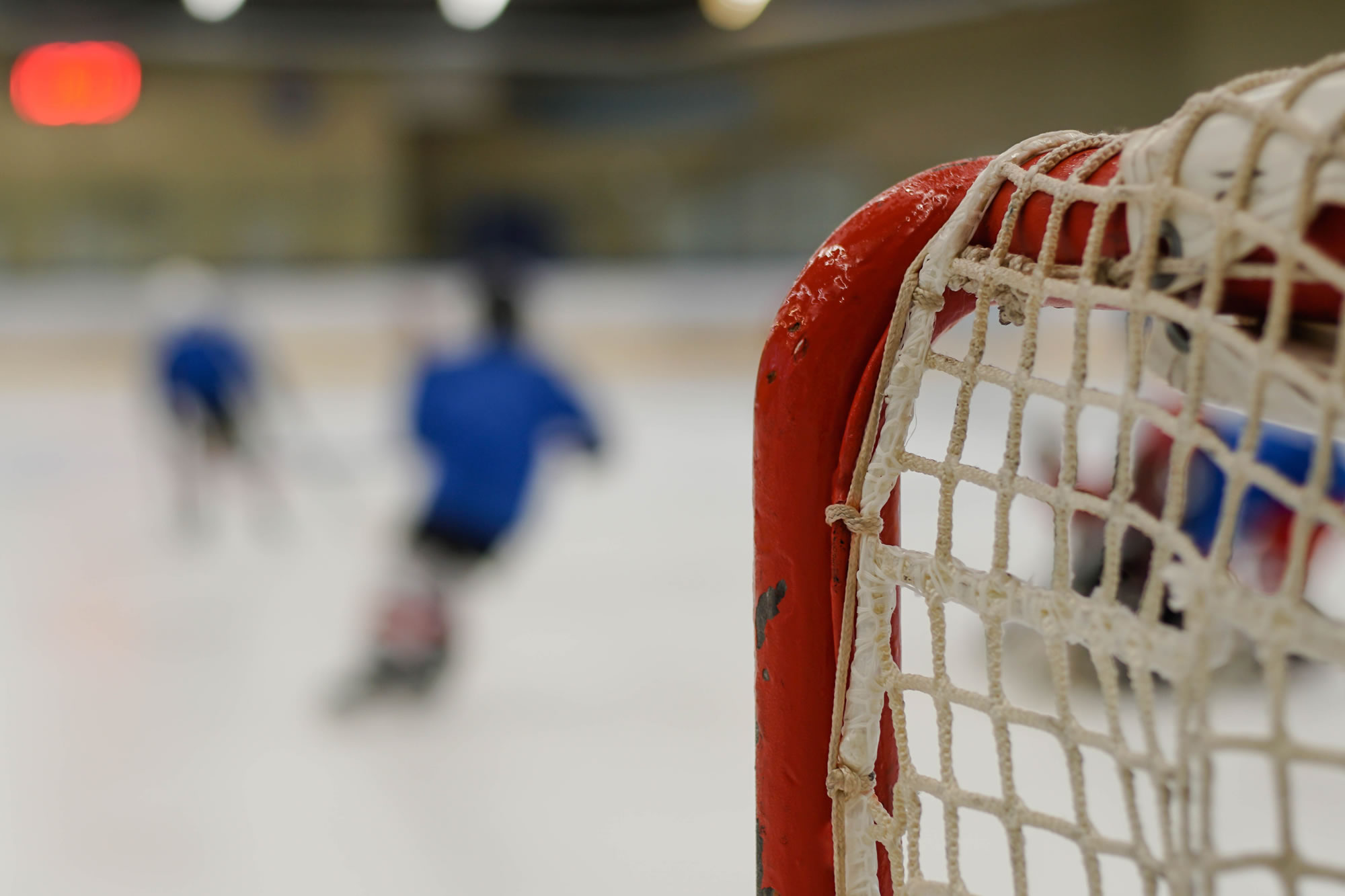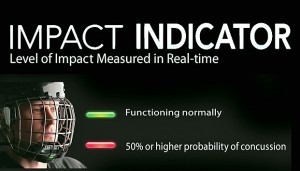Hockey is a cornerstone of Canadian culture, generating passion and pride across the country. Back-to-back Olympic gold for both our men’s and women’s teams are inspiring a new generation of players.
And yet the hockey of our future will not be what it is today.
A Globe and Mail article published earlier this week draws attention to the fact that change is happening in youth sports. Why? Because the research linking brain injury to long-term health concerns is piling up. We now know that young athletes exposed to concussions and sub-concussive hits are more likely to attempt suicide or suffer from anxiety, depression, sleeplessness, forgetfulness, and more.
Parents are taking note.
An Ontario-based survey found that three in 10 parents have a player who has suffered a concussion. Researchers believe as many as 36,000 players suffer concussions every year in Ontario.
Hockey Canada’s registration is down for the third straight year with 5,600 fewer boys playing hockey in the 2013-14 season.
Don Fehr, executive director of the National Hockey League Players’ Association, believes we are in the midst of a “thorough re-evaluation of how things are going to be done.”
Hockey Canada insists safety is a top concern.
“We want to make sure [parents] know that making the game safe is a top priority for us,” says Todd Jackson, a senior manager at Hockey Canada. “If we want to build up registration numbers, we’ve got to continue to work on safety.”
Last year, a nationwide ban on body checking was implemented for players 13 and under. Soon the Greater Toronto Hockey League will be voting to extend the ban to A-level players of all ages.
Reform is happening south of the border, too. A recent New York Times article explains how the school board in Marshall, Texas – a town made famous by the movie Friday Night Lights – has replaced tackle with flag football for 12-year-olds.
“I anticipated a little more resistance and concern,” said Marc Smith, superintendent of the Marshall school board. “But the safety factor really resonated with our parents. They get it.”
Soccer seems to be a low-risk alternative for many parents. Registration is up across Canada with 200,000 more kids enrolled in the 2013-14 soccer season.
However, some experts believe soccer is actually four to five years behind hockey in understanding head injury. Researchers from UBC’s Okanagan campus found that soccer players who repeatedly head the ball are likely to suffer from verbal and visual memory loss in the long term.
Another strike against soccer came a few months ago when researchers at Boston University found chronic traumatic encephalopathy (CTE) in a 29-year-old player who died from ALS. In this case, frequent heading may have caused CTE, which may have contributed to ALS. More research is needed to verify the links.
The Globe and Mail article concludes with a final thought: we can’t treat kids like adults when it comes to brain injuries.
“[Kids’] brains take longer to recover because they are still developing,” says neuropsychologist Michelle Keightley.
The Canadian Paediatric Society recommends “conservative, cautious and individualized” return-to-play decisions for young athletes. General recovery times are about 10 days for professional athletes, 20 days for university athletes, and 45 days for high school students.
“We should be treating children more conservatively until we have more research involving children,” said Dr. Blaine Hoshizaki, professor at the University of Ottawa’s Faculty of Health Sciences.
For More Information:
- Parents Struggle to keep their heads in the game, The Globe and Mail
- Football’s Risks Sink in, Even in Heart of Texas, NYT







